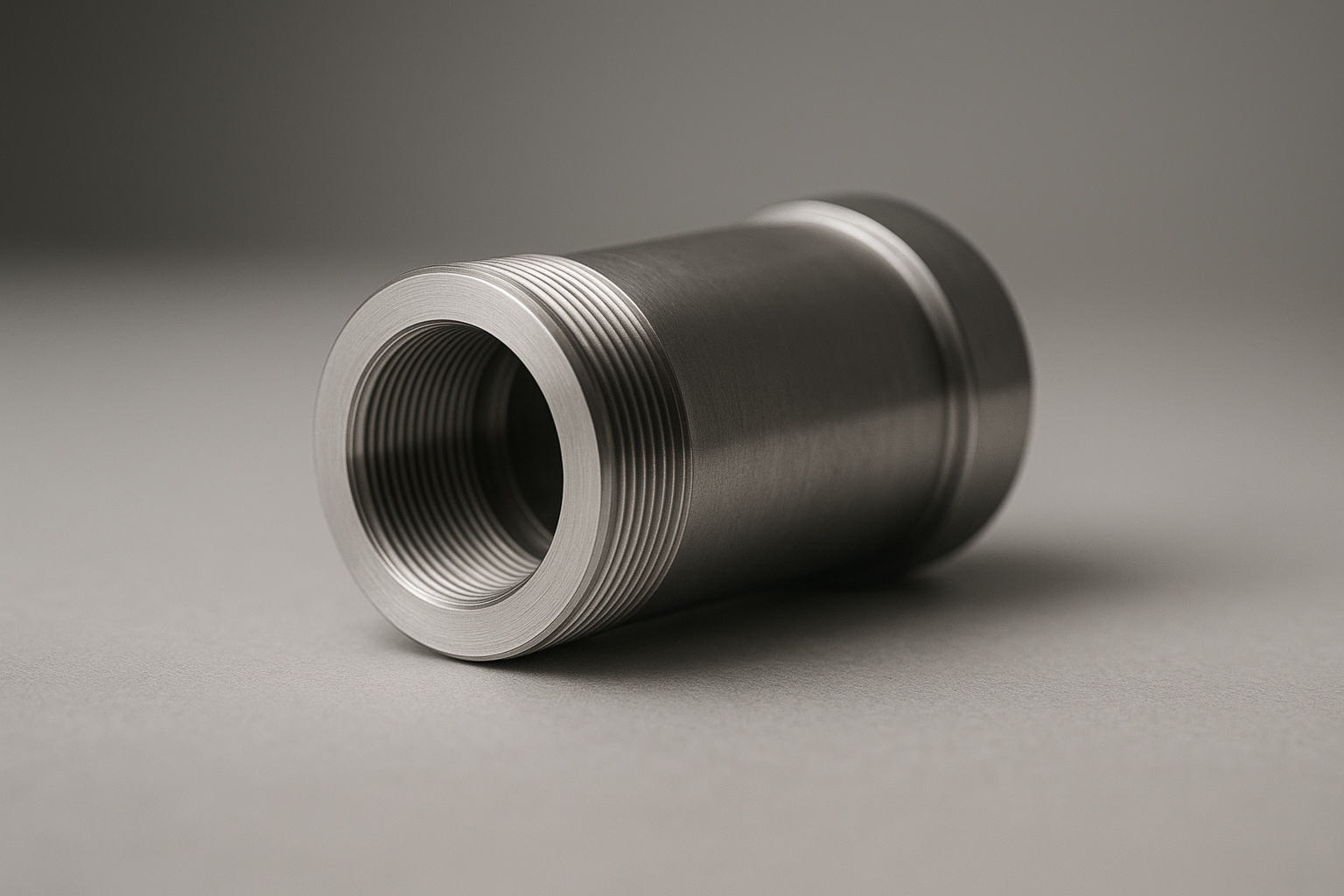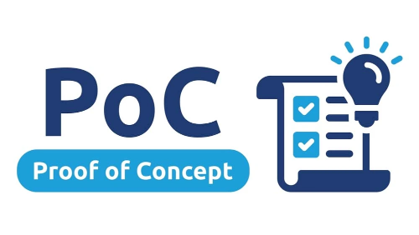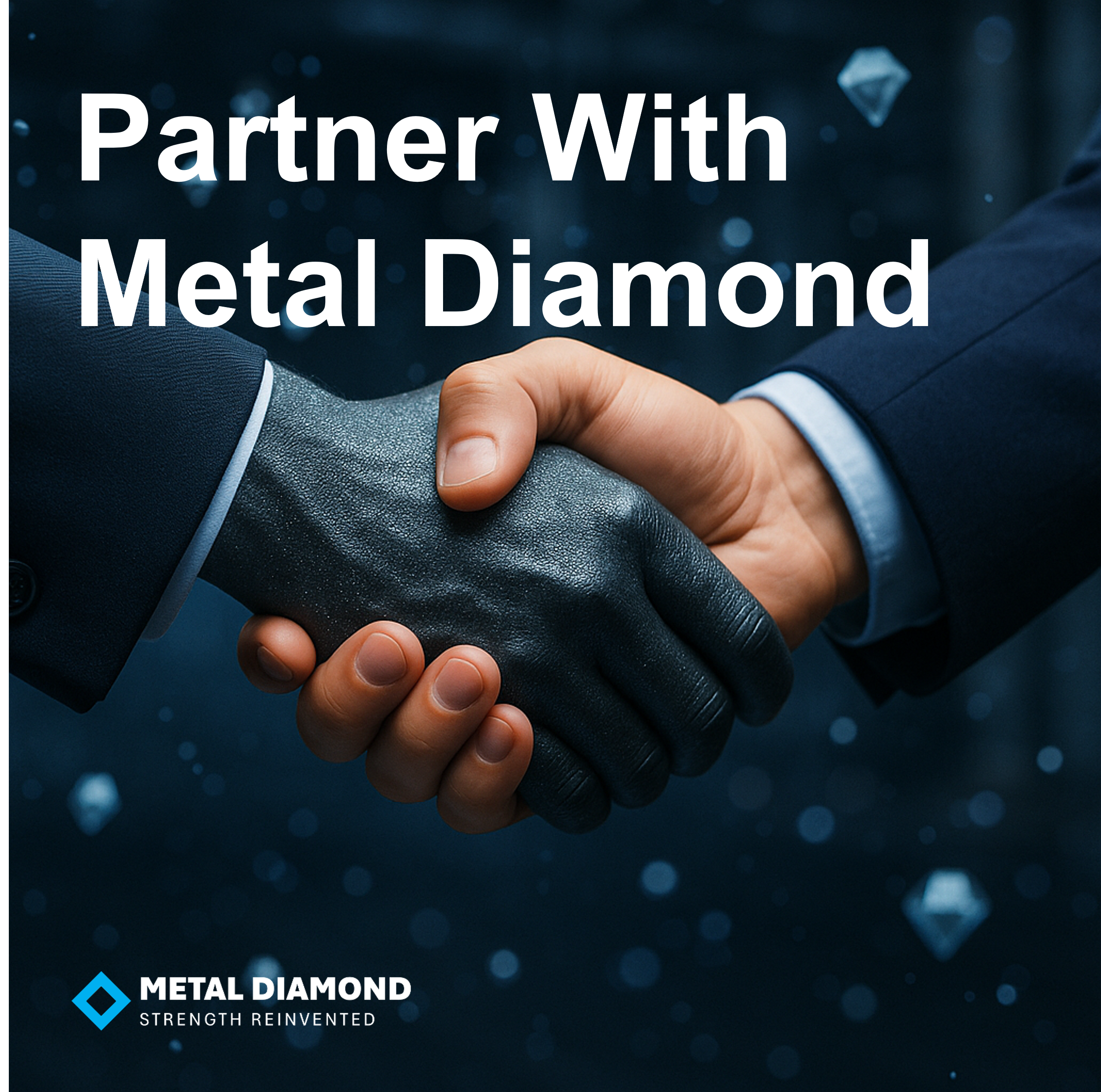Automotive & EV Coatings — Electroless Nickel NanoDiamond for HighDuty, Precision Assemblies
Automotive hardware faces a relentless mix of abrasion, boundary lubrication, salt spray corrosion, thermal cycling, vibration, and tight dimensional constraints—all while being produced at global scale with cost and warranty pressure. Metal Diamond’s Electroless Nickel NanoDiamond (ENND) is engineered for these realities, providing chromefree, wearresistant, lowfriction, and corrosiontough thin films for suspension/steering, driveline/powertrain, braking & hydraulics, mechatronics, and EV propulsion & batteryadjacent assemblies.
We deploy via a partnerled model: certified licensees or jointventure (JV) partners we train, supply, and enable. OEMs and Tier suppliers gain standardized quality inregion, supported by line setup, process control, and assured materials supply.




